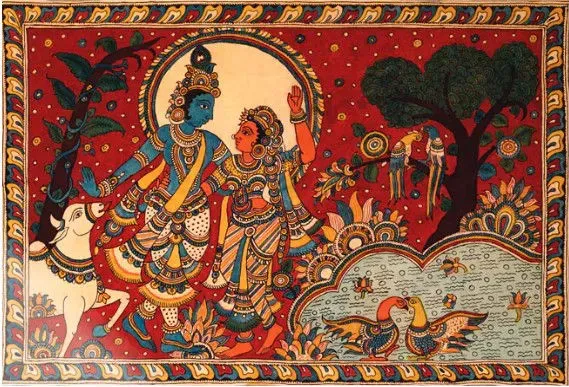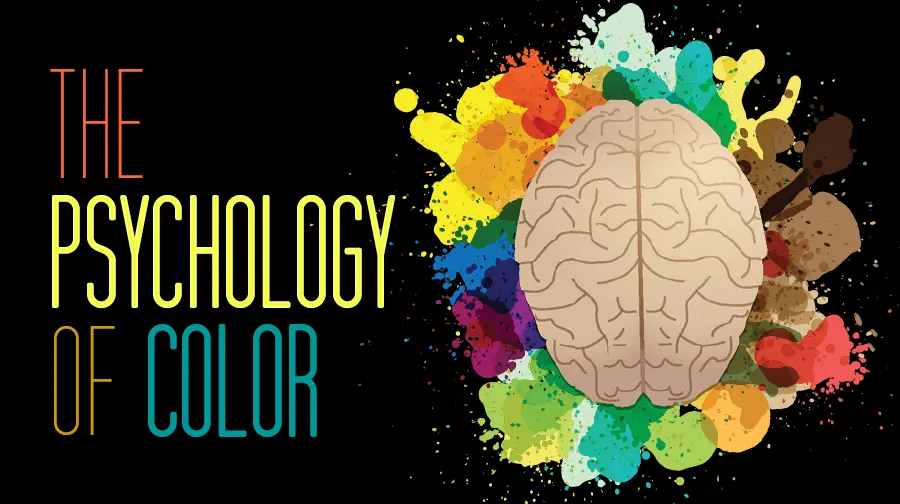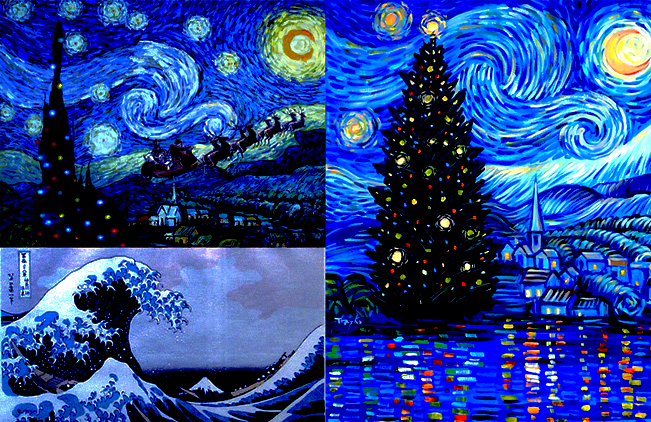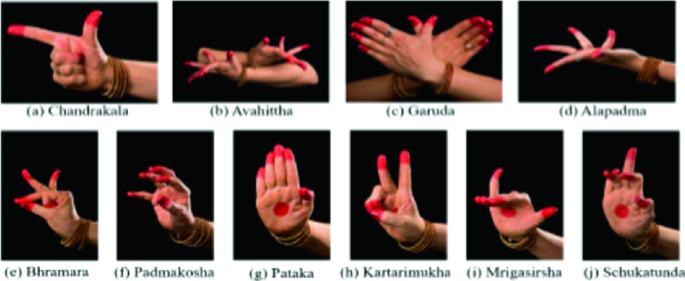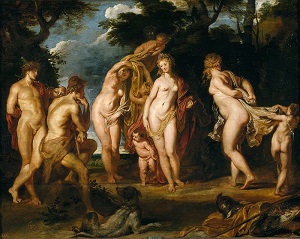The Evolution of Indian Art: Indian art has a rich and diverse history spanning thousands of years, evolving through diverse cultures, influences, and traditions. From the ancient cave paintings of the Indus Valley to the modern art movement, Indian art reflects the country’s dynamic history and spiritual heritage. This article explores the evolution of Indian art, highlighting its key stages and changes over the centuries.
Prehistoric Indian Art: The Dawn of Creativity
The origins of Indian art can be traced back to prehistoric times, when the first forms of artistic expression were created on the walls of caves. For example, the famous Bhimbetka Caves in Madhya Pradesh contain rock paintings dating back to around 10,000 BC. These early works of art depict scenes of daily life, including hunting, dancing, and rituals, giving a glimpse into the ancient lives of the people who lived there. Art was primarily symbolic, serving as a form of communication and spiritual expression.
Indus Valley Civilization: The Birth of Symbolism

The Indus Valley Civilization (c. 3300–1300 BCE) is considered one of the earliest cradles of civilization. The art of this period reveals a highly developed culture, with intricate seal carvings, sculptures, and pottery. Seal carvings often depict animals, gods, and human figures, demonstrating the culture’s reverence for nature and spirituality. The famous Dancing Girl bronze statue from Mohenjo-daro is evidence of the advanced metallurgical skills of the period, as well as an early example of the human form in Indian art.
Classical Indian Art: Influence of Religion
With the rise of major religious movements such as Hinduism, Buddhism, and Jainism in India, art began to serve as a tool for religious expression. Between 200 BCE and 500 CE, the development of Classical Indian art was greatly influenced by these spiritual beliefs. The Ajanta Caves, with their stunning frescoes and sculptures, stand as a prime example of Buddhist art. These works depict the life and teachings of the Buddha, depicting religious themes such as enlightenment, rebirth, and compassion.
During the Gupta period (c. 320–550 CE), Hinduism experienced a resurgence and art flourished under royal patronage. The iconic sculpture of the Gupta period, known for its serene and highly stylized depictions of gods and goddesses, became a defining feature of classical Indian art. Temples were adorned with elaborate carvings, and the construction of massive architectural wonders such as the Kandariya Mahadev Temple at Khajuraho demonstrates the artistic brilliance of the period.
Medieval Indian Art: A Fusion of Cultures
The medieval period (12th to 18th centuries) saw a fusion of indigenous Indian art with the influence of Islamic culture. The rise of the Delhi Sultanate and later the Mughal Empire brought about a unique fusion of Persian, Central Asian and Indian artistic traditions. Mughal miniature paintings, with their intricate detailing and vibrant colours, became an iconic style of art. Mughal court art depicted royal portraits, battle scenes and natural landscapes, reflecting the grandeur and opulence of the Mughal Empire.
The tradition of Rajput painting, which developed in the royal courts of Rajasthan, also flourished during this period. Rajput paintings often featured mythological themes, court life and religious subjects, with vibrant use of colour and intricate patterns.
Colonial influence: Arrival of Western art forms
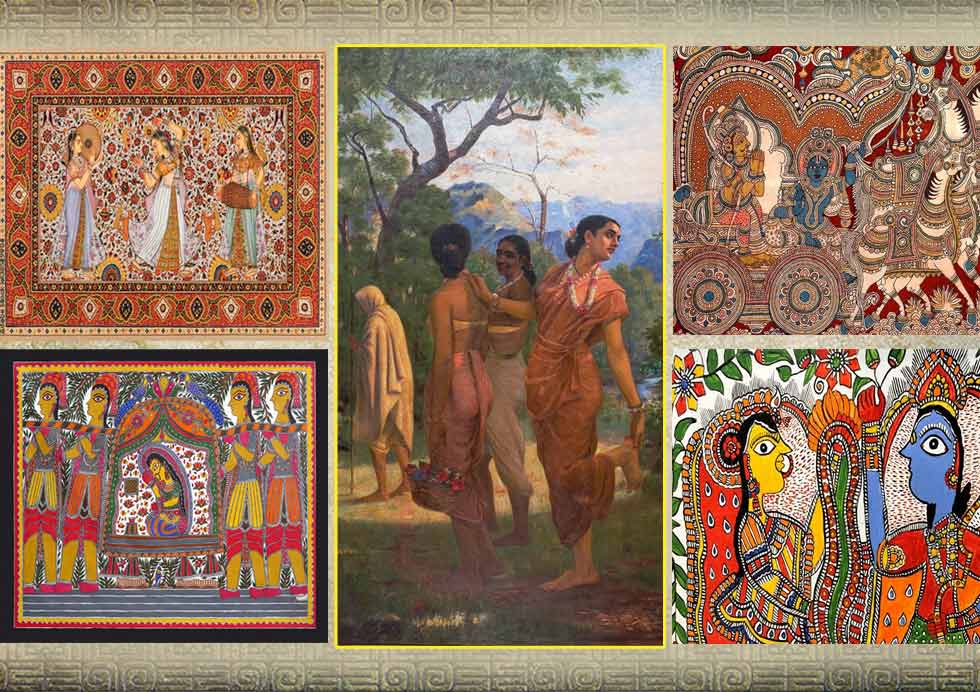
The British colonial period in India (18th–19th centuries) brought significant changes to the Indian art scene. The introduction of European styles, techniques and perspectives led to the emergence of a new artistic movement. The Company School of painting, influenced by Western realism, became popular in the 19th century. The style often depicted landscapes, portraits, and scenes of everyday life, blending Indian subjects with Western techniques.
During British rule, many Indian artists were exposed to European art, including oil painting and the use of perspective. One of the most notable figures of this period was Raja Ravi Varma, whose blend of European realism with Indian themes produced iconic depictions of Hindu gods and goddesses that are still popular today.
Modern Indian Art: A New Era of Experimentation
The early 20th century marked the rise of modern Indian art, driven by waves of social and political change, including the independence struggle. Indian artists began to explore new techniques, styles, and subjects, moving away from traditional religious and courtly art. The Bengal School of Art, led by Abanindranath Tagore, sought to revive Indian classical art, drawing inspiration from both Western and traditional Indian techniques.
In the post-independence period, abstract and contemporary movements emerged in Indian art. Artists such as M.F. Hossain, F.N. Shuja and S.H. Raja became pioneers of modern Indian art, embracing new mediums, forms and experimental techniques. Their works captured India’s changing socio-political landscape and explored themes of identity, nationalism and the human condition.
Contemporary Indian Art: Global Recognition
Today, Indian art is celebrated worldwide for its diversity, vibrancy and innovation. Contemporary Indian artists continue to experiment with new media, digital art and installations, combining traditional motifs with modern sensibilities. Indian art now enjoys international acclaim, with artists such as Anish Kapoor, Subodh Gupta, and Bharti Kher gaining recognition in global art circles.
The evolution of Indian art reflects the country’s complex history, spiritual heritage and cultural diversity. From ancient cave paintings to modern art exhibitions, Indian art continues to evolve, telling the story of the nation’s past, present and future.
The journey of Indian art has been long and transformative, influenced by many factors, including religion, politics and global interactions. As it continues to evolve, Indian art remains an important reflection of the country’s culture, history and identity. India’s arts, rich in symbolism and beauty, provide a window into the soul of the country, and their legacy will continue to inspire generations to come.
Read Also: Creative Art Projects and Ideas for Aspiring Artists
![]()

